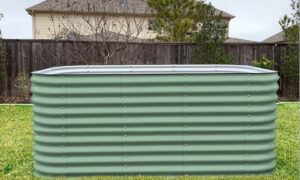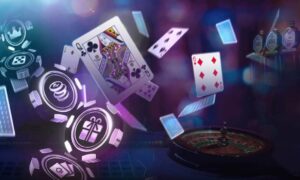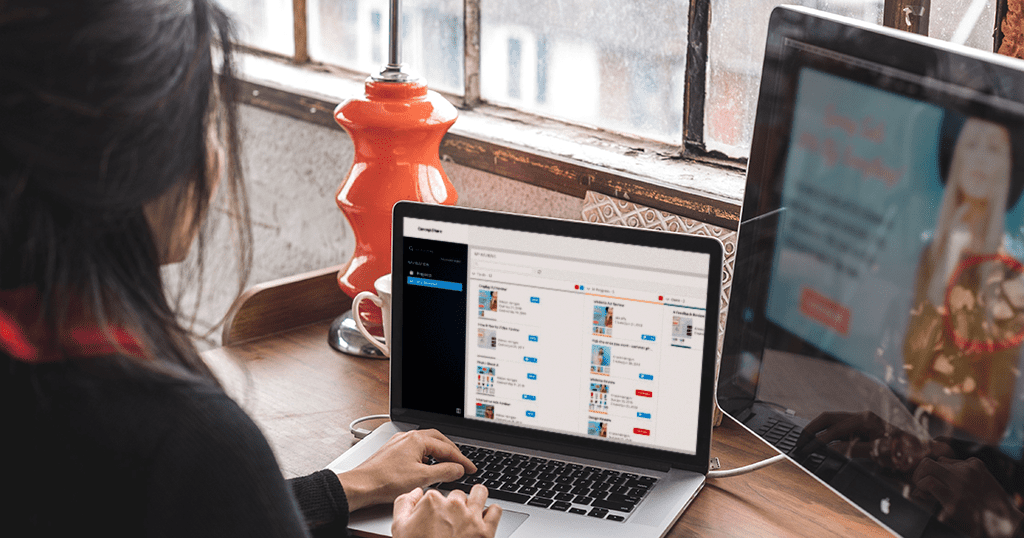In a nutshell, web design is simply referring to the design of websites that are displayed on the internet. In effect, it also refers to the aspects of user experience in the development of the site rather that the software development.
Overall, the web design Brisbane creates the total look and feel when you are using the website. The design, as a whole, is the process of planning and building the elements of the site.
This starts from the structure and layout of the site all the way to the images,the colors, the fonts and the graphics used in it.
Web elements
The design has many components that are made to work together in order to create the finished experience of a website. The components include graphic design, user experience design, interface design, search engine optimization (SEO), and creating content.
These are the elements that determine how a website looks, feels, and works on various devices. Not too long ago, the design used to be focused on websites for desktops.
In the mid-2010s, the design incorporates those that are for mobile and tablet browsers following their popularity.
Design aspects
The designer works on the site’s layout and its total appearance, sometimes including the content of the website. Appearance includes the colors, the fonts, and the images used. The layout actually refers to how information is structured and categorized.
Some qualities that a good web design possesses are more on ease of use, and pleasing aesthetics that suits the user group and the brand of the website.
Simplicity
Excellent webpages are designed with a focus on simplicity. This is to prevent the inclusion of extraneous information and functionality. The danger is that they might distract or confuse the users.
The cornerstone of a web designer’s output is to have that particular site win and fosters the trust of the target audience. This means that many potential points of user frustrations had been removed.
The two most common methods in the design of webs that work well both on desktop and mobile are responsive and adaptive design.
Responsive design
In responsive design, the content moves dynamically depending on screen size. In adaptive design, the website content is fixed in layout sizes that match common screen sizes.
Responsive design is one that resizes and reorients itself to the user’s screen. This makes the website easy to use on any device: phone, tablet, laptop or desktop browser.
The other beneficial aspects of the design are that the fonts are appropriately sized. The site includes relevant and high-quality content (and images).
Design elements
One primary focus that web designers are well aware of is to equally consider both the site’s appearance and functionality. The integration of these elements will maximize the overall usability and performance of the site.
The usability factor includes such elements as an easy-to-navigate interface, prudent use of graphics and images, the inclusion of well-written and well-placed text, and an attractive color scheme.
The performance factors simply refer to the site’s speed, ranking, searchability, and skill to capture your audience.
The following is one short overview of the elements that an excellent website possesses that make sure everything works well together.
Text
One fundamental rule is that your site’s appearance and text have to go together hand-in-hand. Successful sites have their content writers and designers work together in order to produce a cohesive design with balanced elements.
The focus is in the creation of chunks of tests (with the use of text blocks) to support and complement the graphics and the images used.
Fonts
Experienced and professional designers typically choose fonts that complement the overall design of the site. These fonts usually complement the site’s overall color scheme, graphics, and images. (This strengthens the tone of the website.)
The tools they use are those that help them find a perfect match for the fonts. (Some current apps even include numerous font pairings.)
Colors
The most excellent of today’s existing sites use one of the most important elements to consider in the site’s design. As it is, there are many misconceptions about the psychology of colors.
However, it had been proven that successful sites focus on colors that complement the site’s overall design and tone more than any other reason. Typically, the color scheme aligns with the site’s brand and the messages the designer (and owner) wants to bring to the audience.
Layout
Another important aspect in site design is the designer’s ability to arrange the content so that it will bring on a dramatic impact on both the usability and functionality of the site.
Here, there are no specific set of rules.
However, the main principles are usually applied. This includes considering the needs of your target audience and to constantly avoiding the use of over-stimulation by way of layout. The danger is that it could distract the message of the site to the audience.
Shape / space
Sites that work use graphic elements in web design that seamlessly integrate text and images, and help with the site’s total look. The combination of beautiful colors and shapes can greatly help in directing the site’s visitors and contribute to its flow.
On the other hand, winning sites brings in the key element of spacing in creating visually pleasing and easy-to-navigate sites. All of the site’s elements will have to incorporate spacing in one way or another.
An example of this is the appropriate use of white space in creating a design that perfectly balances text, photos, and graphics. With consistent spacing, users can navigate the site with ease.
Conversions
Effective websites show a few different elements together that can promote conversions (actual sales). These elements include the compelling use of negative space.
It clearly presents to the user the few choices he has, which makes him less likely to get confused and overwhelmed. Finally, there is the obvious clear call to action.
Termed another way, there are a limited distraction to the user and there is a well-thought
Out user journey (using only images and tests that are relevant to the subject), featuring only buttons that lead to desired actions, using font variations that emphasize the object, and a clear call to action.
Structure
The site’s structure (every element in the site) has an important role in both the user experience (UX) and search engine optimization (SEO). The ideal site should make the user able to easily navigate the site without meeting structural issues.
Poor navigation can lead to a poor user experience and site ranking, cutting down the site’s effectiveness.












